Bounce Cards
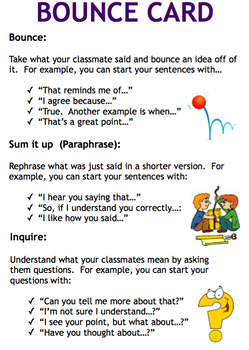
Bounce cards are a way to help students who struggle to get academic conversations started. They give students, especially those who are more reserved, something to say.
Three 3’s in a Row
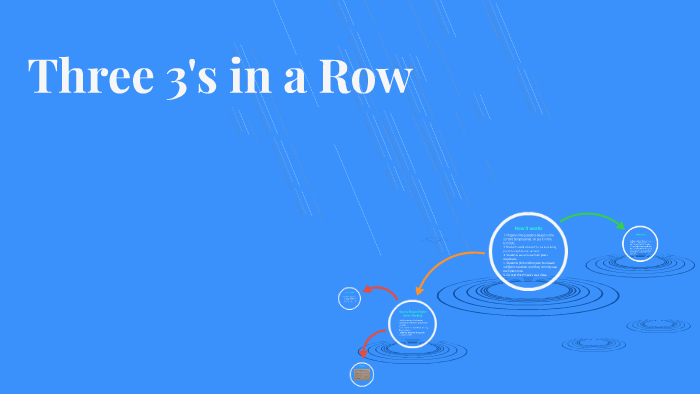
Three 3’s in a Row is like Bingo, in which students interact with peers and get peers feedback on what they should write in the boxes of their template. This activity is great for several reasons:
Hold-Ups
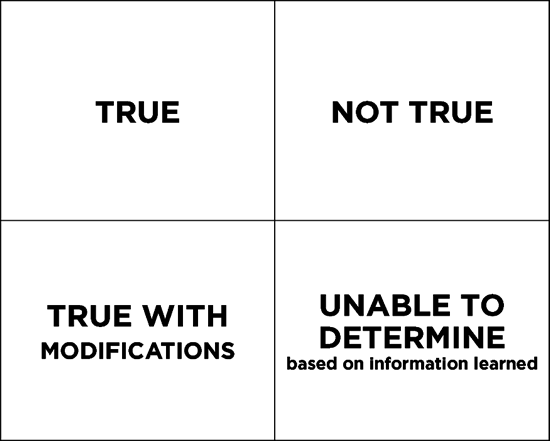
Hold-Ups are interaction-based activities that use response cards. In these activities, students interactively reflect on a prompt and hold up a card, paper, or whiteboard in response. The most essential component to the Hold-Up is the interaction.
Thumbs Up/Down Vote

Thumbs Up/Down Vote is another one of those quick techniques that many teachers use frequently. It is simply a yes/no vote with students putting their thumb up if they agree and down if they disagree. This simple technique provides a quick reading of the class, but to make it meaningful, it should be used as the second or last part of a Ripple. In other words, the vote ought to represent deep thinking that has already occurred, and for which you have already required evidence from each of your students.
Thumps Up When Ready & Processing Cards
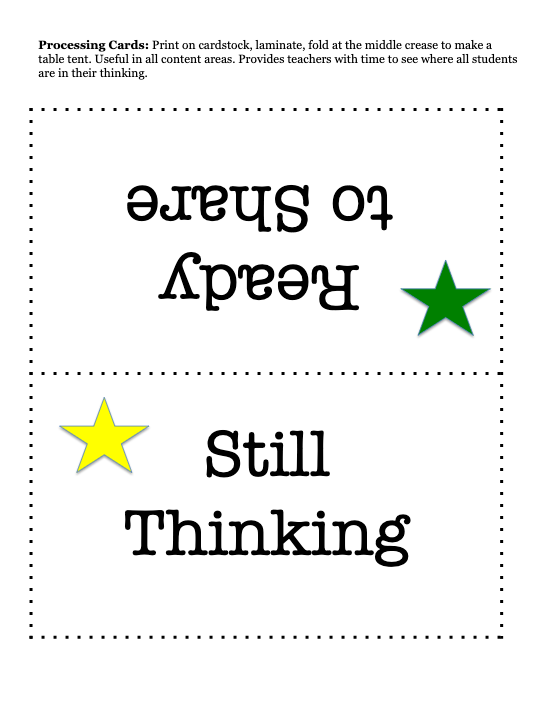
Allowing students to take even a brief moment to process their reflections to a prompt is critical if you want to get high quality responses, especially if you have students with certain special needs or English language learners in your class. Here are two ways to read each individual’s progress as the students process their reflections. Both techniques also serve as great unspoken reminders to students that they should all be in the process of reflecting on the prompt.
RallyCoach
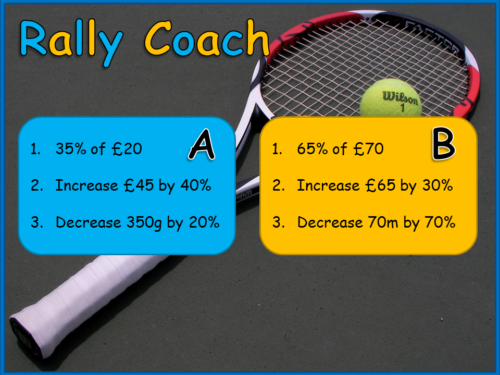
Partners take turns providing ideas/ answers or solving problems orally or in writing. Variations include Rally Table and Rally Coach.
Timed Pair Share
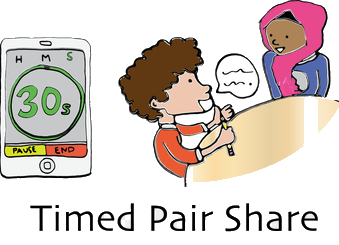
In pairs, students share with a partner for a predetermined time while their partner listens. Then partners switch roles.
Three-Step Interview
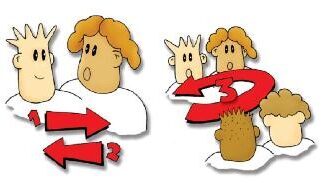
Students interview their partner and then each share with teammates what they learned.
Telephone
One student per team leaves the room during instruction. When students return, teammates provide instruction on the information missed.
Talking Chips
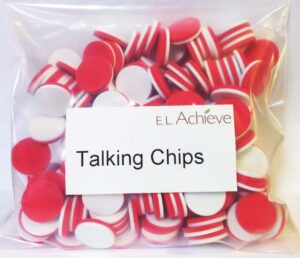
Teammates place talking chips in the center of the table to make sure everyone contributes to the team discussion.
Spend-a-Buck
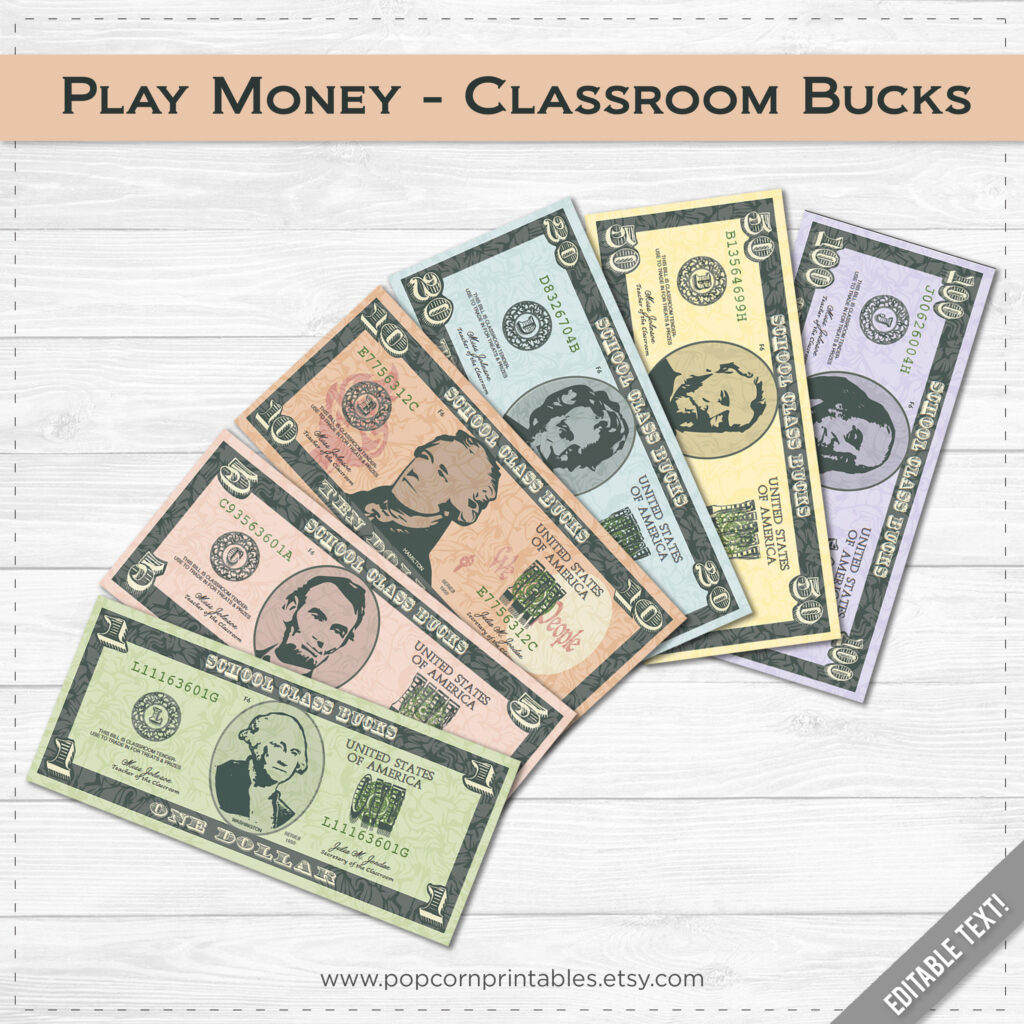
To make a team decision, teammates use play moneyand “spend a buck” to vote on their top picks. The option wiht the most bucks is deemed the team decision.
Showdown
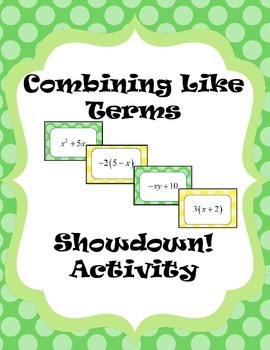
Teams have a set of question cards stacked facedown in the center of the table. The teacher selects one student on the team to be Showdown Captain
for the first round.
Quiz-Quiz-Trade
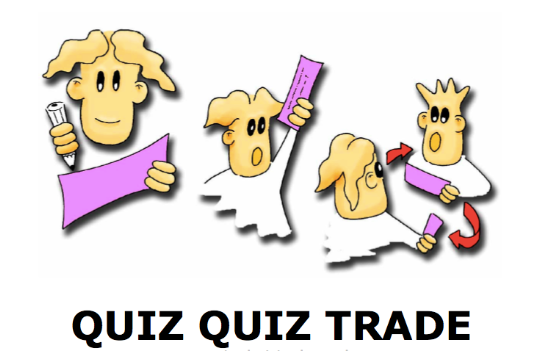
Students quiz a partner, get quizzed by a partner, and then trade cards to repeat the process with a new partner.
Match Mine
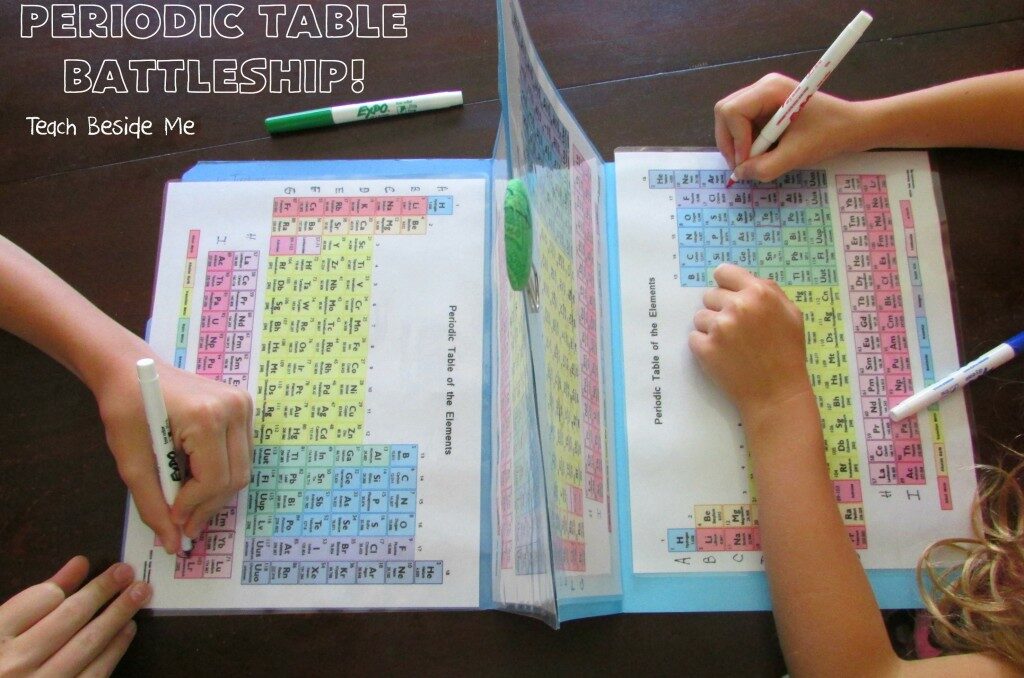
Partners on opposite sides of a barrier communicate with precision, attempting to match the other’s arangement of pieces on a game board.
Flashcard Game
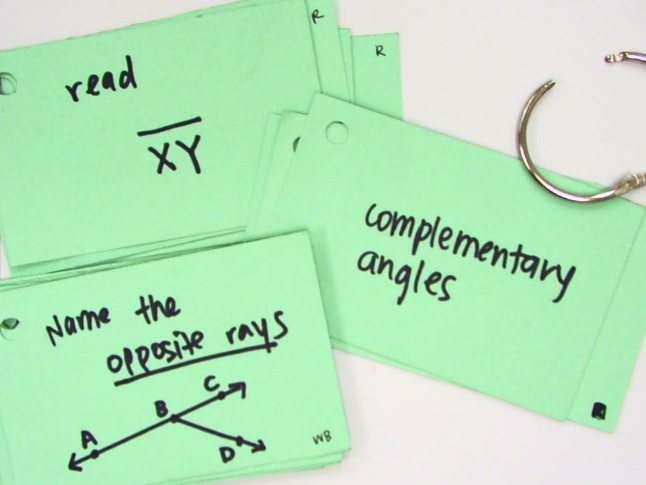
Partners proceed through three rounds as they quiz each pther with flashcards, mastering the content to win cards.
Find-the-Fiction
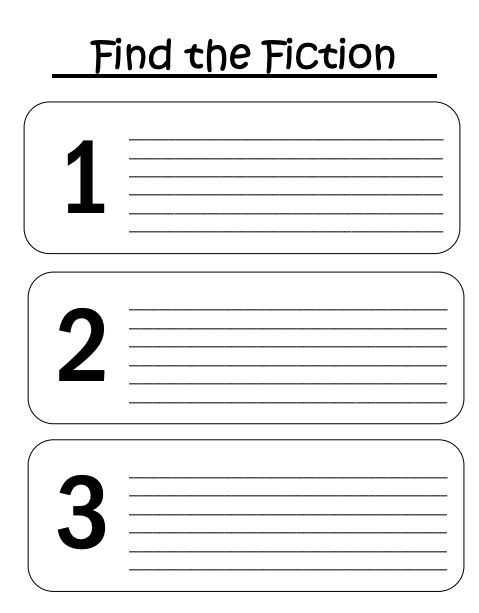
Students write three statements and read them to teammates. Teammates try to find which of the three statements is fiction.
Find Someone Who
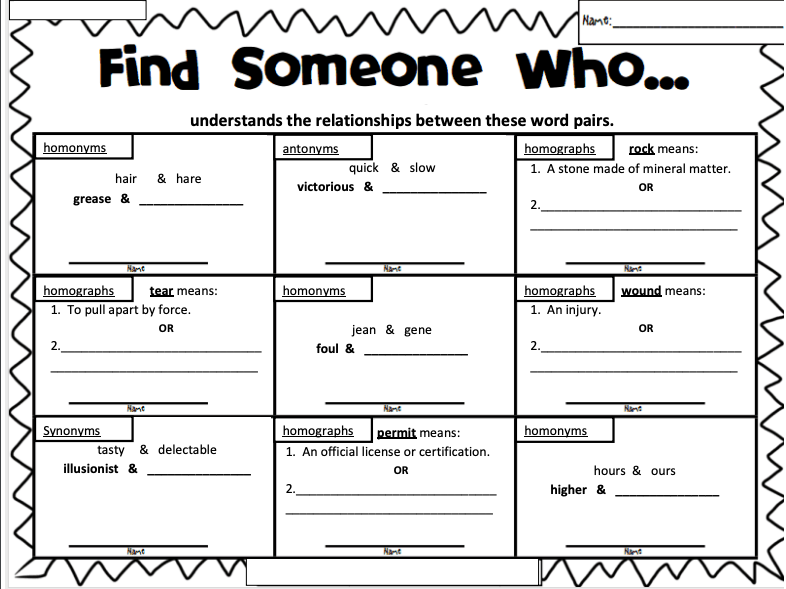
Students circulate through the classroom, forming and reforming pairs, trying to find “someone who knows” an answer, then they becone “someone who knows.”
Fan-N-Pick
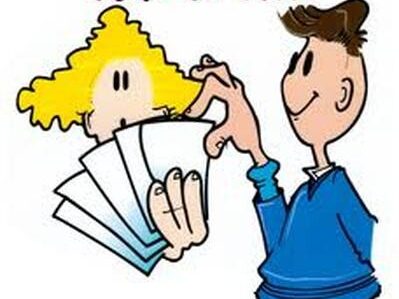
Teammates play a card game to respond to questions. Roles rotate with each new question.
Gallery Walk/Carousel Feedback
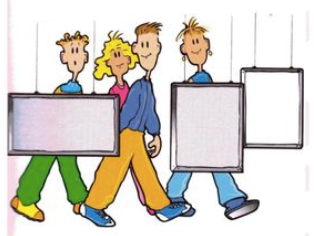
Teams rotate from project to project to leave feedback for other teams.
RoundRobin
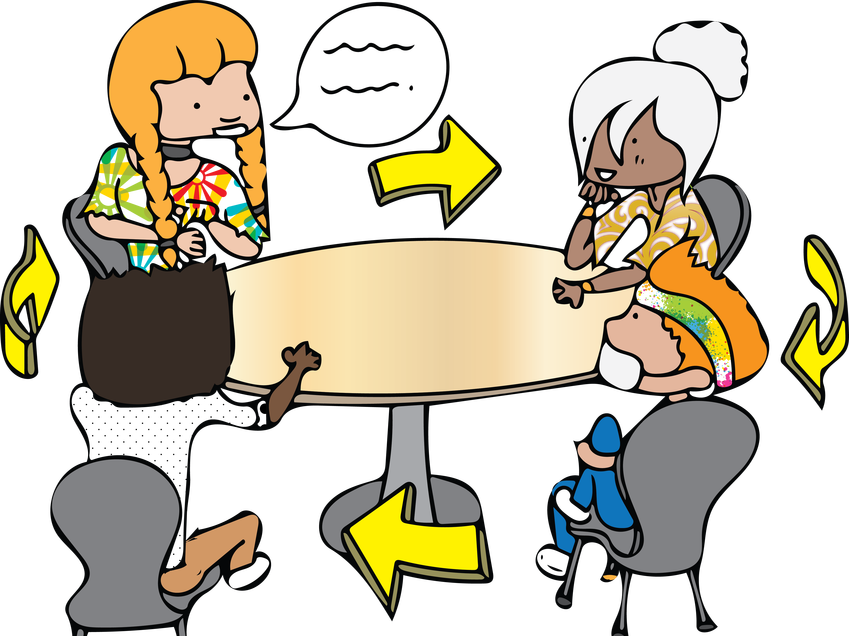
In teams, students take turns sharing responses. Variations include Single RoundRobin, Continuous RoundRobin, Timed RoundRobin, Think-Write-RoundRobin, AllRecord RoundRobin, and AllRecord Consensus.
